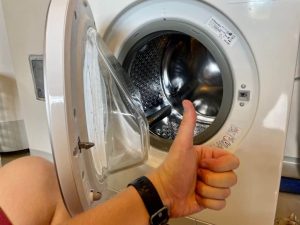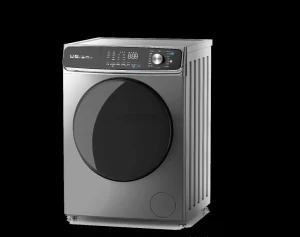Understanding Soil Level on a Washing Machine: A Definitive Guide
Introduction: Decoding the Significance of Soil Level Settings
Soil level is a prominent feature found on modern washing machines, often represented by a range of options such as light, medium, heavy, or specific soil levels like “delicate” or “stain”. This setting allows you to customize the wash cycle based on the level of dirt, stains, or grime present on your laundry. In this comprehensive guide, we will delve into the meaning and importance of the soil level setting on a washing machine, exploring how it impacts the wash cycle, fabric care, and efficiency.
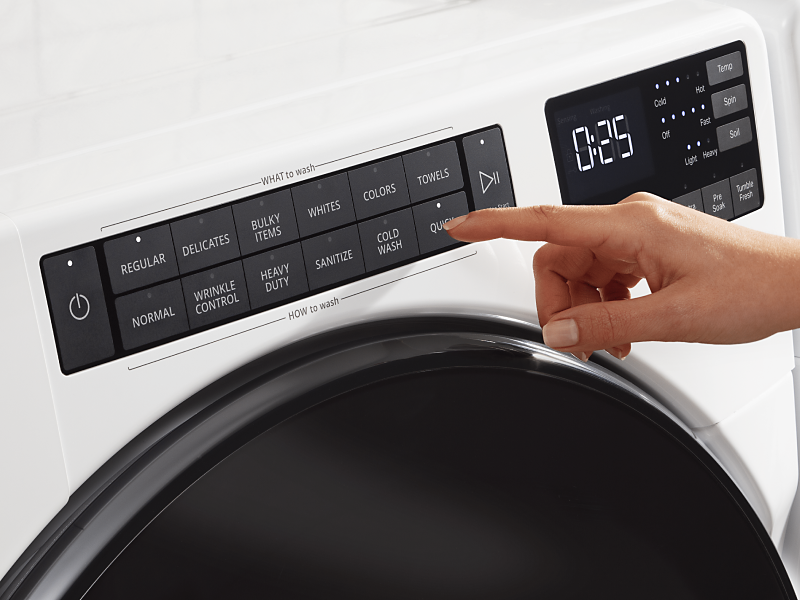
Understanding Soil Level on a Washing Machine: A Definitive Guide
-
Understanding Soil Level Settings
a. Definition and purpose: The soil level setting on a washing machine refers to the amount of dirt, stains, or grime present on your laundry. It determines the duration and intensity of the wash cycle, ensuring that specific cleaning requirements are met based on the level of soiling.
b. Customizing wash cycles: By selecting an appropriate soil level, you can customize the wash cycle to effectively clean your laundry without over-washing or under-washing. This setting helps optimize water usage, detergent efficiency, and overall cleaning performance.
-
The Relationship Between Soil Level and Wash Cycle
a. Impact on wash time: The soil level setting influences the duration of the wash cycle. Higher soil levels typically require longer wash times to effectively remove stains and dirt, whereas lower soil levels may result in shorter cycles for lighter cleaning.
b. Water usage: The soil level setting significantly affects water consumption during a wash cycle. Higher soil levels often require more water to thoroughly clean heavily soiled items, while lower soil levels conserve water by utilizing less for lighter loads.
c. Detergent efficiency: Properly selecting the soil level ensures an appropriate detergent-to-soil ratio. Higher soil levels typically necessitate more detergent to combat stubborn stains and dirt effectively. Conversely, lower soil levels reduce the amount of detergent required for lighter cleaning, avoiding detergent wastage.

-
Determining the Appropriate Soil Level
a. Assessing the level of dirt and stains: Before selecting the soil level, visually inspect and assess the soil and stain intensity on your laundry. Pay attention to areas prone to stains, such as collars, cuffs, and heavily soiled sections.
b. Matching the soil level to laundry conditions: Select a soil level that correlates with the observed level of dirt and stains. Lightly soiled items may benefit from a lower soil level, while heavily stained or soiled laundry may require a higher soil level for optimal cleaning.
c. Heed clothing care labels: Take into account any specific fabric care instructions provided on clothing labels. Delicate fabrics or those labeled as “hand wash only” may require a lower soil level setting or even gentle handwashing, regardless of the visible amount of dirt.
-
Benefits of Proper Soil Level Selection
a. Enhanced cleaning performance: Selecting the correct soil level maximizes the effectiveness of the wash cycle, ensuring thorough cleaning of your laundry items. The appropriate soil level helps target dirt, stains, and grime, resulting in cleaner and fresher clothes.
b. Fabric care: Utilizing the right soil level helps protect your garments and fabrics. Over-washing or using a higher soil level than necessary may cause unnecessary wear and tear, especially on delicate or sensitive fabrics. By using a lower soil level for gently soiled items, you promote extended garment lifespan.
c. Energy and water efficiency: Proper soil level selection contributes to energy and water conservation. By matching the soil level to your laundry’s actual dirtiness, you prevent unnecessary water wastage and save energy by avoiding longer wash cycles.
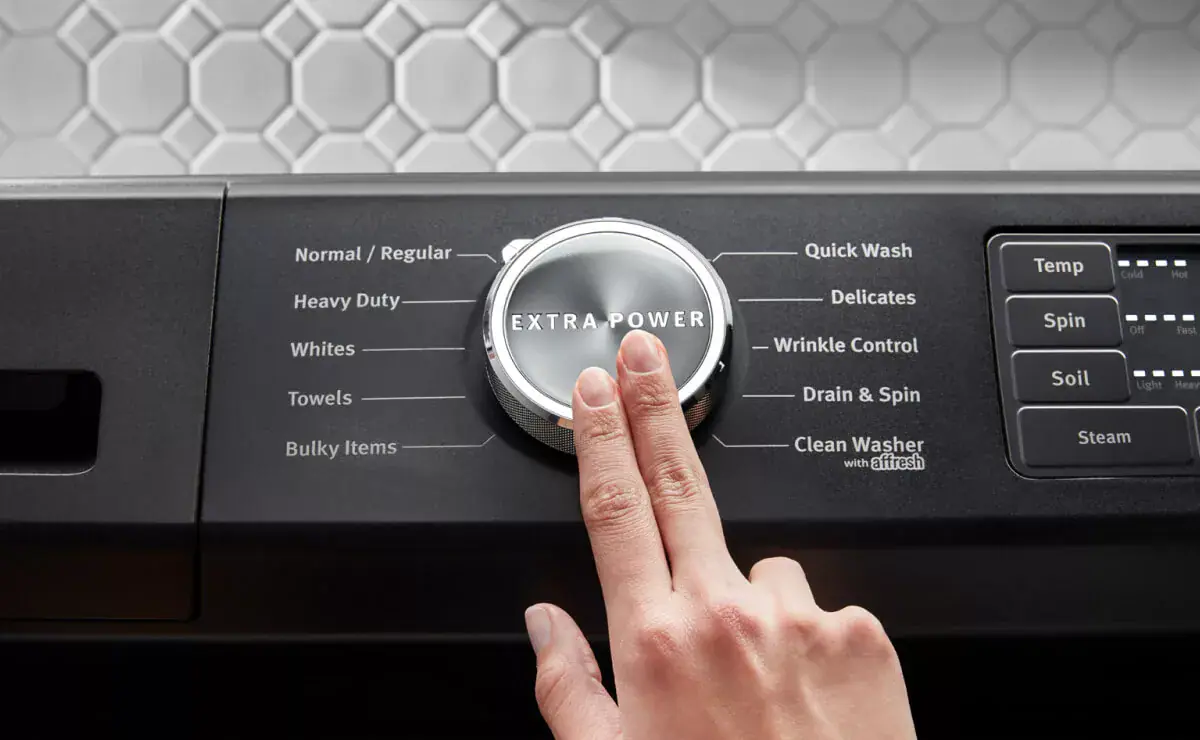
-
Tips for Optimal Use of Soil Level Settings
a. Sort and separate laundry: Whenever possible, sort your laundry by soil level to ensure efficient cleaning. Group heavily soiled items together for a higher soil level setting, while lightly soiled or delicate items can be washed with a lower soil level.
b. Pre-treating heavily soiled items: For garments that require a higher soil level setting due to significant staining or dirt, consider pre-treating those areas with a stain remover or applying a detergent directly to the stains before washing. This targeted pre-treatment can enhance cleaning efficiency and minimize the need for extended wash cycles.
c. Regular maintenance: To prevent excessive soil buildup and maintain optimal washing machine performance, conduct regular maintenance tasks such as cleaning the detergent dispenser, drum, and filters. This ensures proper water circulation and detergent distribution, facilitating effective cleaning regardless of the soil level setting chosen.
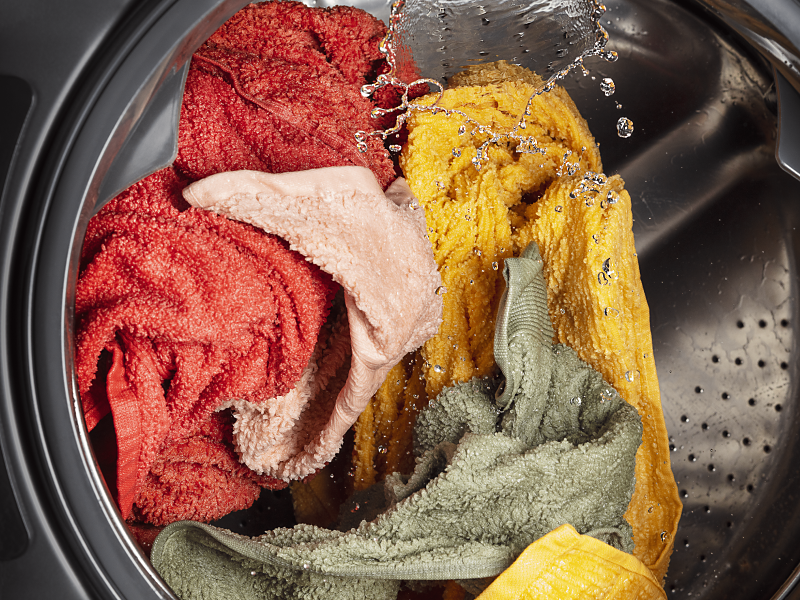
-
Adjusting Soil Level for Different Types of Laundry
a. Everyday clothing: For regular daily wear items that are lightly soiled, a lower soil level setting is generally sufficient. This approach conserves water, energy, and detergent while still providing adequate cleaning power for everyday dirt and sweat.
b. Workwear and heavily soiled items: Clothing or uniforms worn in physically demanding jobs or environments may require a higher soil level setting. This helps ensure deep cleaning and effective removal of stubborn stains, grease, or dirt that accumulates during work activities.
c. Children’s clothing: Kids’ clothes often encounter a wide range of stains and dirt, including food spills, grass stains, and markers. Adjust the soil level setting accordingly to address these specific types of stains and keep the clothing looking fresh and clean.
d. Bedding and linens: Bedding, including sheets, pillowcases, and comforters, can accumulate sweat, body oils, and other nighttime residues. It is advisable to select a higher soil level setting to thoroughly clean and refresh these items for optimal comfort and hygiene.
e. Delicate fabrics: Delicate fabrics, such as silk, lace, or linen, may warrant a lower soil level setting or even a delicate or hand wash cycle, regardless of visible stains or dirt. These fabrics require gentle care to prevent damage during the wash process.
-
Troubleshooting Soil Level Issues
a. Inaccurate soil level representation: Occasionally, washing machines may have inaccurate readings or inconsistent soil level settings. If you notice discrepancies or find that the selected soil level does not align with the actual dirtiness of your laundry, refer to the manufacturer’s instructions or contact customer support for guidance on resolution or potential recalibration.
b. Functional issues: If the washing machine consistently fails to clean laundry adequately, even when using appropriate soil level settings, there may be underlying mechanical or technical issues. In such cases, it is recommended to seek professional assistance from a qualified technician to diagnose and resolve the problem.

Conclusion: Achieving Optimal Cleaning Results
Understanding the soil level setting on a washing machine empowers you to customize wash cycles and achieve optimal cleaning results. By properly assessing the level of dirt and stains, matching the soil level to your laundry’s condition, and considering fabric care instructions, you can maximize cleaning performance while conserving energy, water, and detergent.
By utilizing the appropriate soil level setting, you enhance fabric care, extend the lifespan of your garments, and promote sustainability through efficient resource utilization. Take advantage of this versatile feature on your washing machine to ensure cleaner, fresher laundry while keeping fabrics in excellent condition.
